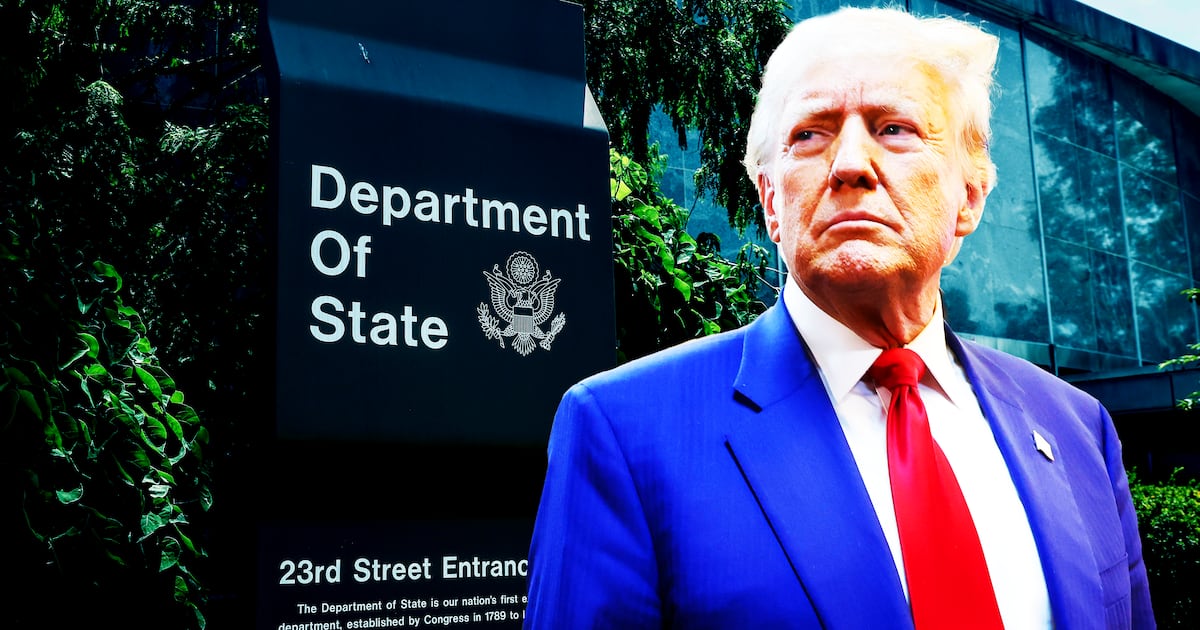By mid-summer of each year, we use up the Earth.
Known as Earth Overshoot Day, it’s the day, sometime in August, when our yearly demand for ecological resources exceeds how much the planet can replenish those resources for the year. Soon after August 15, this year, Earth will be operating on a deficit.
All the while, the population of Earth is growing. It’s estimated there will be 9 billion people by 2050, an additional 2 billion than now.
That’s a lot of mouths to feed.
The question is, can the Earth’s resources handle the increase in food production required for all these people? Probably not.
So, what’s the solution? Bugs.
Since 2003, various media outlets have been reporting how our food system is expanding beyond livestock, chicken, and fish to include insects. And entomophagy, the act of gulping down squishy, slimy, slithery bugs, is now very much a thing.
And North American outfits like New Millennium Farms in Ontario, Canada, and Aspire in Austin, Texas, are jumping on the trend to turn insects into cash crops, in the process making a more sustainable food system a reality.
The insect farm Aspire has ratcheted production up so high, they recently expanded their facility at a commercial scale and can now produce up to 7 million crickets weekly. Their next big harvest cycle is currently underway this July, and they’ve begun to turn those millions of chirpers into powders for nutritional supplements and flavor enhancers in products such as energy bars, baked goods, diet supplements, and food condiments. Interested in munching on a Hopper Peanut Butter, Cherry & Cacao Cricket Bar?
There’s still an “ick” factor confronting insect evangelists, and the day when Americans cast aside the reality TV imagery of creepy crawly bugs, and knowingly purchase this low-impact, sustainable source of calories, protein, vitamins, and minerals for their dinner entrée is still a ways off. But that day will come. Eventually.
“It’s about environmental and food-system literacy,” said Gustavo Montes de Oca, 34, managing director of the social enterprise The Golden Company in London.
“In general, companies worldwide are already selling to the public products that come from insects, like honey or cochineal. Everyone knows what honey is, but probably not cochineal. It’s been around for centuries. It’s the red dye you find in many food products,” he continued. “So I think it’s going to be less of a leap selling insects to the mass market than one might imagine.”
At its core, the key for Americans to accept bugs over beef will come down to marketing and awareness building, rooted in the efforts of our media and their ability to tackle environmental stewardship.
But can we count on our media to inform Americans that crickets need six times less feed than cattle? Or that to produce a quarter pound of edible crickets, they need only a moist paper towel each week versus 869 gallons of water to produce a third of a pound of beef?
Or will the media report that crickets have nearly as much protein, 14 to 25 grams per a 100 gram serving, as lean beef, which typically averages out at 27 grams of protein?
Based on current trends, it seems unlikely. Reporting about pop-stars trumps stories about the environment 92 to 1 on network TV news programs.
In fact, environmental stories—like those concerning insects or deforestation, which makes way for more cattle ranches to support our meat-dominated food system—are hard to come by in the U.S. news media. A study conducted by The Project for Improved Environmental Coverage found that environmental stories in the media made up less than 1 percent of all headlines, even though an opinion research corporation survey found that 79 percent of Americans want more environmental coverage in the news.
Beyoncé wins. Cicadas lose.
Unless the media starts reporting more on environmental issues, bugs don’t stand a chance of becoming a common food source. Food is culture after all, and the media shape culture.
Alas, the path is clear. In order for a real entomophagy movement to happen, and for Americans to get up to speed on their role in helping the environment, personalities like NBC Nightly News’ Lester Holt need to truly bug out on more sustainable insect stories. Only then, can we acclimatize, normalize and accept that bugs indeed should be what’s for dinner. And they aren’t gross.






